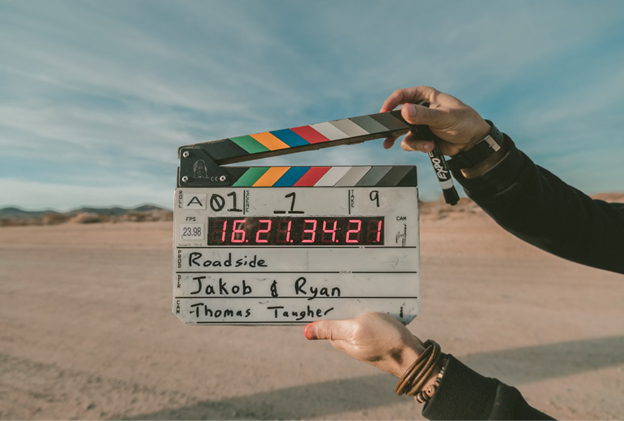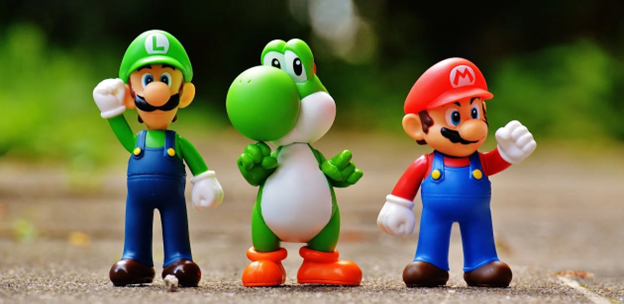- Blog /
- startups
A Detailed Guide to Getting High-quality Animated Work for Your Needs
31 Dec 2024
By Lisa
%20(15).png&w=3840&q=75)
Animation has transformed the way we communicate ideas, tell stories, and build brands in various sectors. From captivating videos used in marketing campaigns to stunning animations for educational purposes, the possibilities are endless. In this detailed guide, we’ll explore how to secure high-quality animated work that meets your unique needs, the different types of animation available, and tips on choosing the right animation studio.

Animation comes in various forms, each serving distinct purposes and yielding different effects. Among the most popular types are 2D animation, 3D animation, stop-motion, and motion graphics.
2D Animation
2D animation involves creating characters and environments in a two-dimensional space. This traditional form is ideal for storytelling, engaging viewers with its creativity. It’s widely used in advertisements, educational content, and web series. Projects requiring an artistic touch often resonate well with audiences through 2D animation, providing a suitable platform to convey messages visually.
3D Animation
For a more realistic approach, 3D animation is an excellent choice. This technique creates dynamic visuals and engaging content, making it suitable for product demonstrations, film, and video games. The depth provided by three-dimensional graphics enhances the viewer's experience, showcasing products or ideas in a lifelike manner. Whether it's crafting characters for an animated series or presenting architectural designs, 3D animation work brings concepts to life like never before.
Choosing the Right Animation Style
Your specific needs will dictate the animation style that will work best for you. Evaluate the message you want to convey and the audience you wish to target. For example, if you are educating children, vibrant and colorful 2D animations might be a better fit than serious 3D ones. Conversely, more intricate and sophisticated messages may benefit from the depth and realism that 3D visuals provide.
Defining Your Goals and Objectives
Understanding your objectives is vital before starting an animation project. Ask yourself what you aim to achieve with animation. Are you looking to , explain a complex process, or engage an audience through compelling storytelling? Setting clear goals helps animation studios tailor their work to suit your vision effectively. Additionally, identifying key performance indicators (KPIs) can measure success and help you evaluate the impact of the animation on your audience.
Finding the Right Animation Studio
The choice of animation studio can significantly influence the outcome of your project. Begin your search by looking for studios that specialize in your desired animation type. A studio well-versed in creating marketing animations may outperform those specializing in entertainment or educational content. Check their portfolios, read client testimonials, and analyze their style to ensure it aligns with your vision. Furthermore, engaging in discussions with prospective studios will enable you to gauge their expertise, creativity, and customer service.
Integrating Animation into Your Marketing Strategy
Incorporating animation into your marketing strategy can yield significant benefits. Animated videos capture attention more effectively than traditional media, leading to higher engagement rates. Studies indicate that animated content can increase brand understanding by up to 90% among viewers. Well-crafted animations can convey information quickly, making them more digestible and shareable. When creating an animated piece for marketing purposes, ensure that it resonates with your target audience. Clear messaging coupled with striking visuals leads to more successful campaigns. Using allows for a strong visual impact, making your products or services more appealing to potential customers. This kind of interaction often leads to higher conversion rates, ultimately enhancing your overall marketing efficiency.
Preparing for Launch
As your animation project nears completion, it’s crucial to have a comprehensive launch plan in place. Determine how and where you’ll be showcasing the animation, whether it’s through social media, a website, or an event. Creating buzz ahead of the launch can significantly impact its reception. Plan a promotional strategy that may include teaser trailers, behind-the-scenes glimpses, or interaction on social media platforms. These efforts create anticipation and generate excitement that allows the audience to connect with the animation even before they see it in full.
Evaluate and Analyze Performance


.png&w=3840&q=75)
%20(2).png&w=3840&q=75)
.png&w=3840&q=75)
%20(54).png&w=3840&q=75)
%20(53).png&w=3840&q=75)